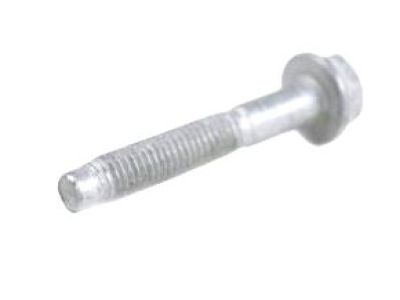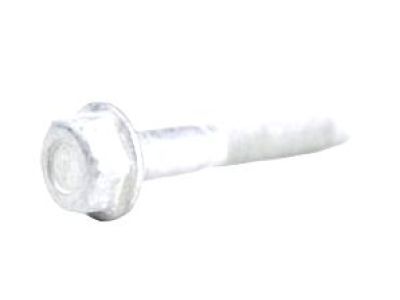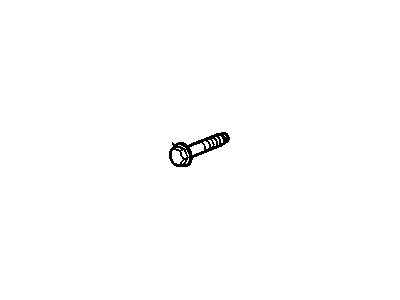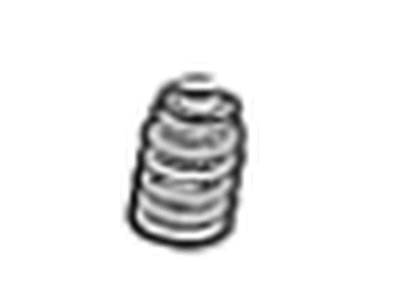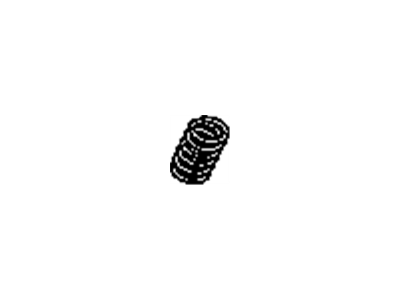
My Garage
My Account
Cart
Genuine Cadillac CTS Rocker Shaft Spring Kit
Rocker Shaft Spring Set- Select Vehicle by Model
- Select Vehicle by VIN
Select Vehicle by Model
orMake
Model
Year
Select Vehicle by VIN
For the most accurate results, select vehicle by your VIN (Vehicle Identification Number).
3 Rocker Shaft Spring Kits found
Cadillac CTS Bolt, Heavy Hx Acorn Flange Head
Part Number: 11588728$0.46 MSRP: $0.72You Save: $0.26 (37%)Ships in 1-3 Business DaysCadillac CTS Spring, Valve
Part Number: 12647873$11.41 MSRP: $17.97You Save: $6.56 (37%)Ships in 1-3 Business Days
Cadillac CTS Rocker Shaft Spring Kit
Each OEM Cadillac CTS Rocker Shaft Spring Kit we offer is competitively priced and comes with the assurance of the manufacturer's warranty for the part. Furthermore, we guarantee the speedy delivery of your orders right to your doorstep. Our hassle-free return policy is also in place for your peace of mind.
Cadillac CTS Rocker Shaft Spring Kit Parts Questions & Experts Answers
- Q: How can broken Rocker Shaft Spring Kit and Valve Stem Oil Seal be replaced without removing the cylinder head in 5.7L,6.0L,6.2L V8 engine on Cadillac CTS?A:Valve springs get fractured and valve stem seals get damaged, these can be replaced without even having to remove the cylinder head, and this exercise normally takes about two special tools and a compressed air set. Start by loosening and pry off the spark plugs and the valve covers; thereafter turn over the crankshaft to ensure that the number one piston is at the TDC on the compression stroke. Take off the Rocker Arms for number 1 piston, screw an adapter in the spark plug hole and connect an air hose of compressed air supply. Coast up to 45 minutes and apply compressed air into the cylinder with the valves closed, which hold the valves in place due to the pressure, then stuff shop rags into the cylinder heads hole around the valves to avoid dropping some parts or tools into the engines. Tap on the top of each of the valve spring retainer with a gentle force to crack the seal, you can then use the valve spring compressor to compress the spring and take out the keepers using needle nosen pliers or magnet. Take off the valve spring and retainer; if air pressure does not hold the valve closed, the machine should be turned over and the valve face or seat probably scarped to require the head to be removed. Take off the old valve stem seals, place a rubber band or tape around the top of the valve stem to ensure the valve stem does not drop into the cylinder and examine on the valve stem for further wear. Subject the valve to air pressure to keep it closed, the replacements to be made are the valve stem seals and these should be followed by the spring and the retainer. Preload the valve spring assembly in a manner to contain the keepers and if needed a small amount of grease could be applied to lock the keepers in place. Relieve the air pressure and remove the adapter from the spark plug hole After doing the same thing on the other cylinders, ensure that each piston is on the top dead centre on the compression stroke before applying air pressure. Last but not the least, fit the rocker arm assemblies and the top covers then crank the engine, inspect for oil leaks and strange noises and let it run for five minutes, at least, before putting it to a test ride.
Related Cadillac CTS Parts
Browse by Year
2019 Rocker Shaft Spring Kit 2018 Rocker Shaft Spring Kit 2017 Rocker Shaft Spring Kit 2016 Rocker Shaft Spring Kit 2015 Rocker Shaft Spring Kit 2014 Rocker Shaft Spring Kit 2013 Rocker Shaft Spring Kit 2012 Rocker Shaft Spring Kit 2011 Rocker Shaft Spring Kit 2010 Rocker Shaft Spring Kit 2009 Rocker Shaft Spring Kit 2008 Rocker Shaft Spring Kit 2007 Rocker Shaft Spring Kit 2006 Rocker Shaft Spring Kit 2005 Rocker Shaft Spring Kit 2004 Rocker Shaft Spring Kit 2003 Rocker Shaft Spring Kit
